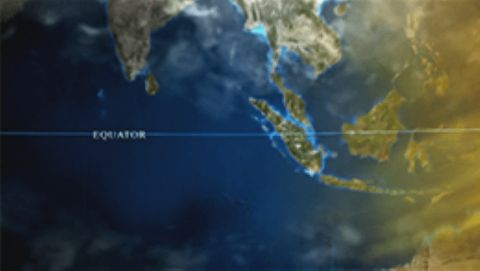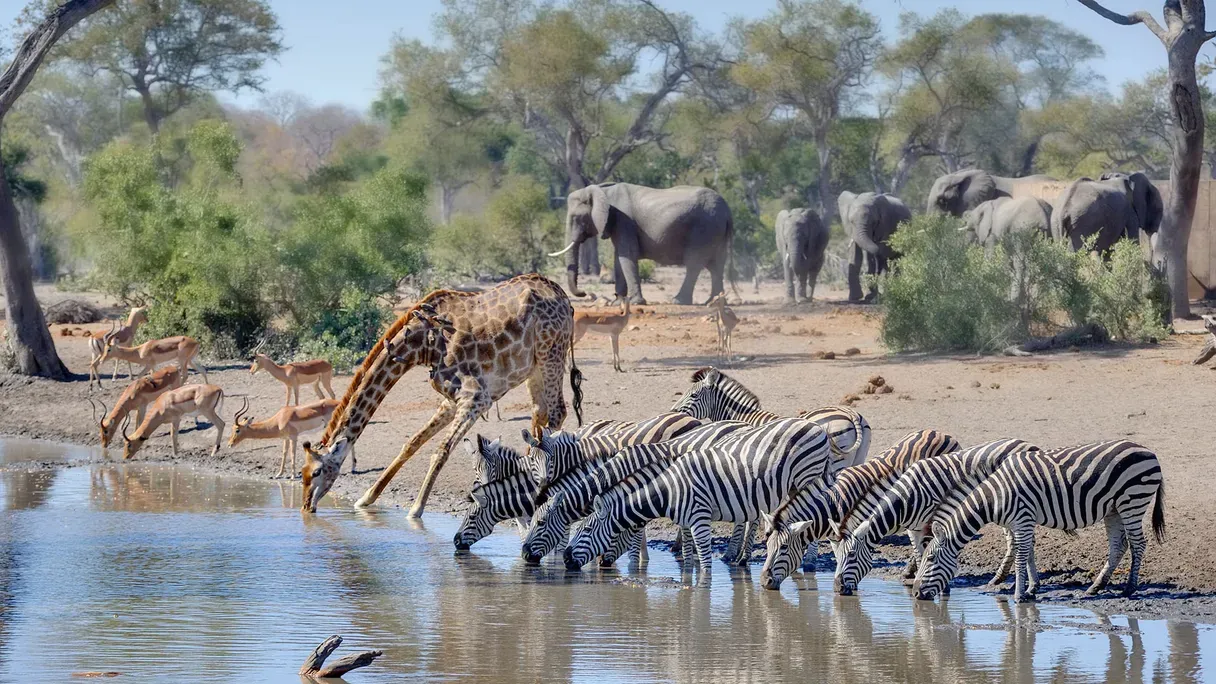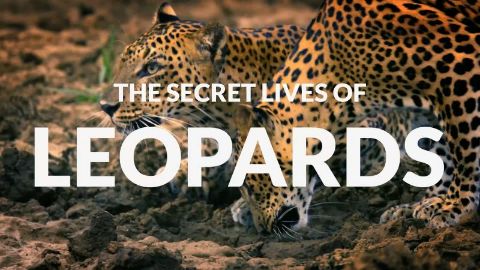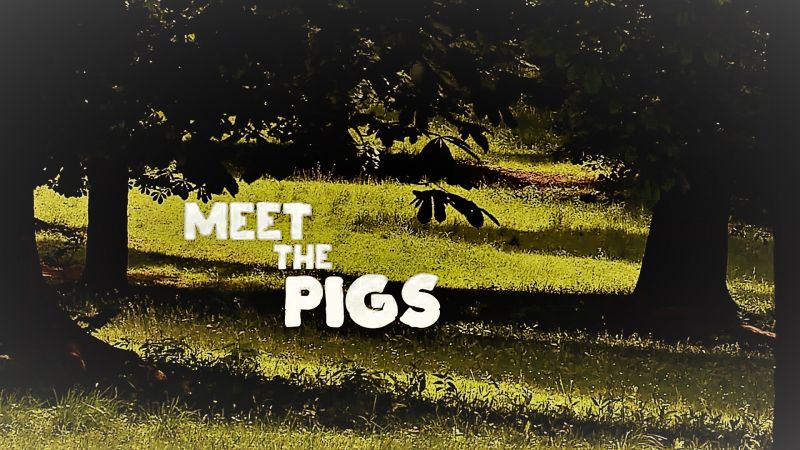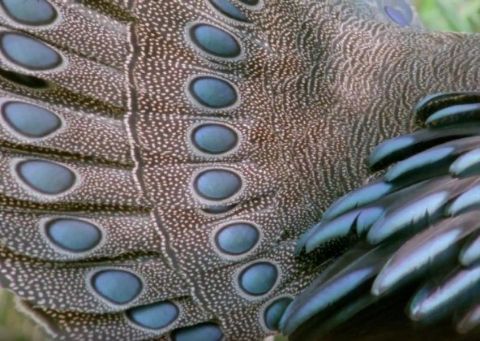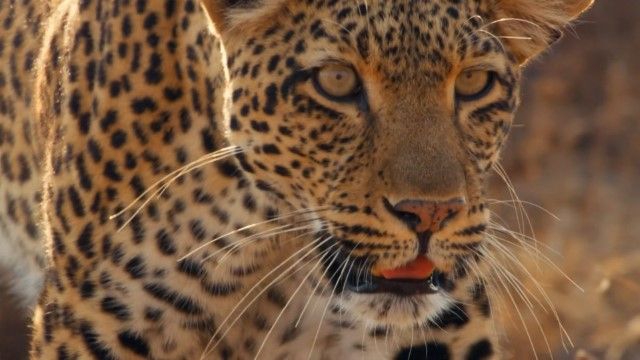The Great Butterfly Adventure: Africa to Britain with the Painted Lady • 2016
The migration of the painted lady has long fascinated scientists, artists and nature lovers alike. The longest butterfly migration on earth, it sees millions of these delicate creatures travel from the desert fringes of north Africa, across thousands of miles of land and sea, before settling in the UK. However, the migration has never truly been understood, the mysteries of the painted lady never unravelled - until now.
Make a donation
Buy a brother a hot coffee? Or a cold beer?
Hope you're finding these documentaries fascinating and eye-opening. It's just me, working hard behind the scenes to bring you this enriching content.
Running and maintaining a website like this takes time and resources. That's why I'm reaching out to you. If you appreciate what I do and would like to support my efforts, would you consider "buying me a coffee"?
Donation addresses
BTC: bc1q8ldskxh4x9qnddhcrgcun8rtvddeldm2a07r2v
ETH: 0x5CCAAA1afc5c5D814129d99277dDb5A979672116
With your donation through , you can show your appreciation and help me keep this project going. Every contribution, no matter how small, makes a significant impact. It goes directly towards covering server costs.
